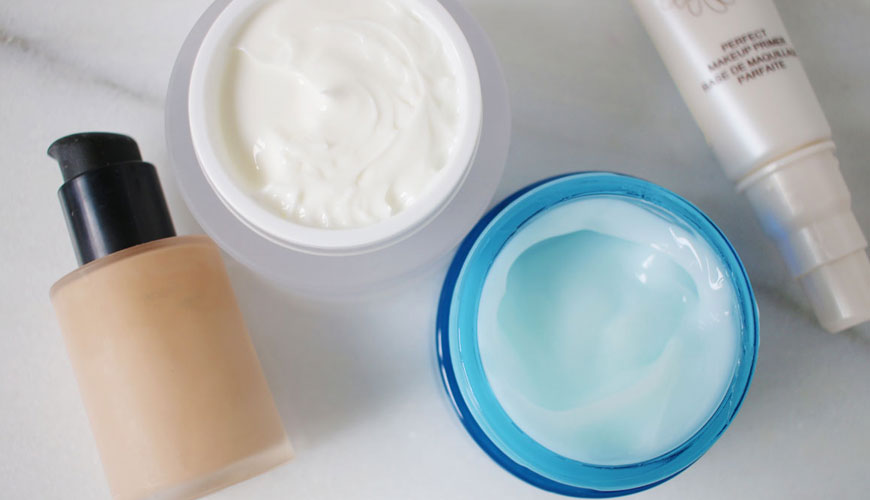

Dimethicone, a type of silicone, is an ingredient used in skin and hair care products in the cosmetics industry, as it transforms rough surfaces into a smooth form and gives the skin a soft texture. In addition, this compound creates a protective barrier on the skin, reduces moisture loss and provides protection against allergens. According to experts, dimethicone is a safe ingredient with little to no side effects. Despite this, harmful effects on the environment have been identified.

The European Chemicals Agency (ECHA) has banned the use of the following two chemicals, which give a soft feeling to shampoos, creams and similar cosmetic products, in all personal care products that need to be rinsed after use:
However, these two chemicals are not among the chemicals to be avoided in the list of chemicals harmful to human health prepared by the Environmental Working Group. However, considering the possible risks, the presence of D4 and D5 is not allowed in rinsed products. The American Food and Drug Administration (FDA) also allows the use of dimethicone as an active ingredient.
Cyclotetrasiloxane (D4), cyclopentasiloxane (D5) and cyclohexasiloxane (D6), which are essential members of a wide family of silicone materials, are essential oils with a cyclic chemical structure and various properties. They are preferred in the cosmetics industry due to the smooth and refreshing feeling they create.
The basis of the dimethicone component, also known as polydimethylsiloxane, is silicone. Silicon, on the other hand, comes from silica, a natural compound found in sand, sandstone, granite, and quartz. Silicon is obtained by heating sand with carbon at very high temperatures, up to 2.200 degrees. Therefore, it is difficult to classify dimethicone as natural or laboratory-made.
The main areas where the dimethicone component is used are: make-up materials, moisturizers, creams, shampoos, conditioners and hair styling products.
D4, D5 and D6 are persistent in the environment, with unknown long-term effects. D4 is listed as a potential reproductive toxicant in Europe. The use of D4 and D5 is banned in Europe, but D6 is currently under review.
Although D4, D5 and D6 have the same characteristic silicon-oxygen structure, their properties, for example, melting and boiling points, are very different.
Our organization also provides dimethicone D4, D5, D6 analysis services with its trained and expert staff and advanced technological equipment, among the numerous test, measurement, analysis and evaluation studies it provides for businesses in various sectors.
To get an appointment, to get more detailed information or to request an evaluation, you can ask us to fill in our form and reach you.